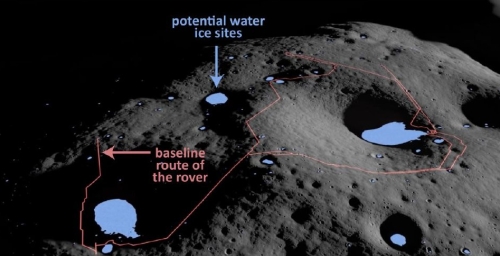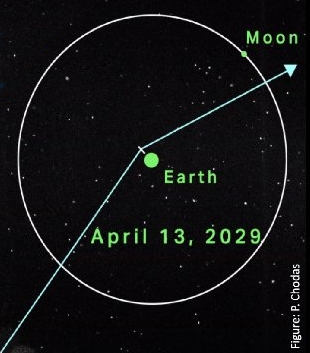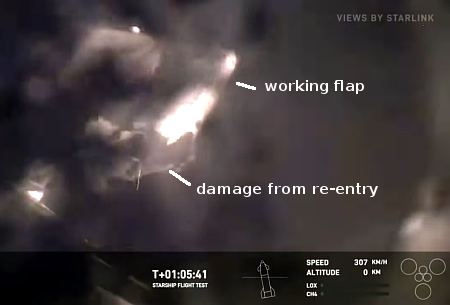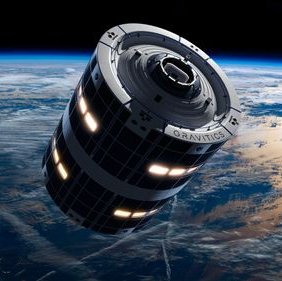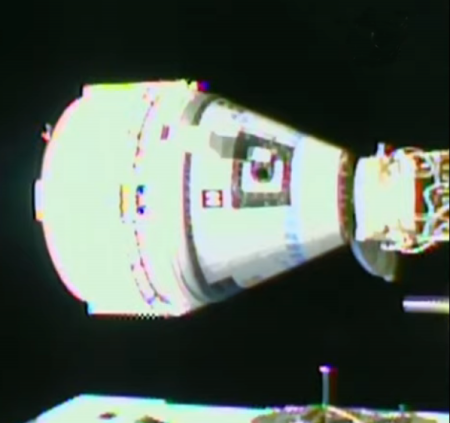Axiom hires British astronaut Tim Peake
Axiom has now added British astronaut Tim Peake to its staff, making him the fourth astronaut after Michael Lopez-Alegria, Peggy Whitson, and Koichi Wakata working for the commercial space station and space tourism company.
The decision appears to be in connection with Axiom’s agreement with the UK Space Agency to fly an all-British manned commercial mission in exchange for $19 million in government funding. NASA regulations require any commercial mission that docks with ISS to include as a company commander an experienced astronaut. By hiring Peake Axiom fulfills this requirement.
No date for this four-person two week mission to ISS has been announced. Nor have any other passengers been named. It is very possible this announcement today is a PR effort by Axiom to drum up interest from potential British customers because the earlier announcements have possibly failed to do so.
Axiom has now added British astronaut Tim Peake to its staff, making him the fourth astronaut after Michael Lopez-Alegria, Peggy Whitson, and Koichi Wakata working for the commercial space station and space tourism company.
The decision appears to be in connection with Axiom’s agreement with the UK Space Agency to fly an all-British manned commercial mission in exchange for $19 million in government funding. NASA regulations require any commercial mission that docks with ISS to include as a company commander an experienced astronaut. By hiring Peake Axiom fulfills this requirement.
No date for this four-person two week mission to ISS has been announced. Nor have any other passengers been named. It is very possible this announcement today is a PR effort by Axiom to drum up interest from potential British customers because the earlier announcements have possibly failed to do so.


